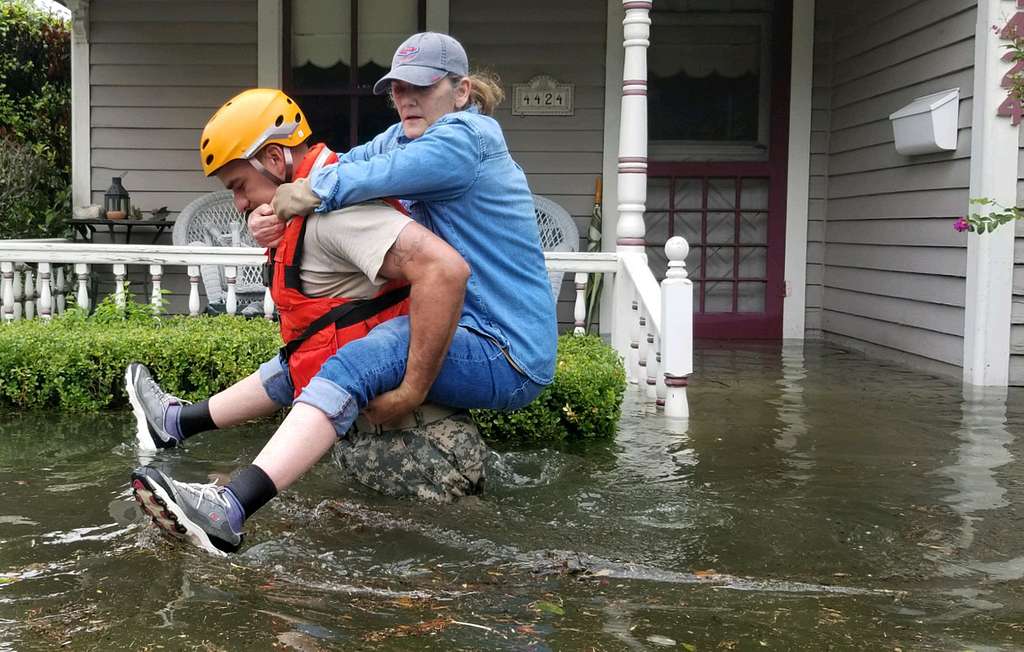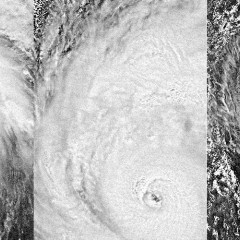Increases in psychological distress, specifically depression and anxiety, are most common, along with socioeconomic distress and a rise in post-traumatic stress disorder. For example, a study conducted on the aftermath of Hurricane Sandy in New Jersey found that six months after the disaster, 14.5% of surveyed adults were experiencing PTSD. Additionally, a 2020 report from the Texas Flood Registry, which collected surveys from 20,000 Texas residents, showed the mental and emotional impacts from Harvey even continued into the May 2019 storms. Of the 20% of registrants who repoarted changes in their behavior, anxiety, sleep, depression, or memory, 92% reported these impacts stemmed from their experience during Harvey. Additionally, 25% of respondents said Harvey was a “severe impact event” that can alter a person's ability to function.
Thus, while billions of dollars have been allocated to bolster the built environment and physical infrastructure post-disaster, we must also invest in individual and community infrastructure to foster resilience and build human capital.
The unpredictable nature of a natural disaster and the subsequent loss of a home, job, or other safe, secure, and stable spaces can lead to a feeling of insecurity that may result in increased mental health challenges. Children, prior trauma survivors, people with preexisting mental illness, frontline workers, and people who experienced severe and direct impacts are most at risk for long-term mental health effects.
Moreover, natural disasters can impact the social cohesion of communities, impairing the functioning of both processes and people. Social cohesion is a determinant of community well-being, defined as the strength of relationships and amount of camaraderie a community has, and it plays a particularly important role in recovery after natural disasters. Social cohesion has been shown to be protective and associated with higher mental well-being. Therefore, long-term impacts can be mitigated by social connectedness and social networks within a community. Those relationships often arise or are strengthened during disaster recovery—research shows that social cohesion can emerge after disasters even in communities where that cohesion did not exist before, and people are more likely to see disaster recovery as “our” problem than “their” problem.
Community action, such as self-organizing, builds agency and problem-solving abilities and increases community resilience—the “sustained ability of communities to withstand, adapt to, and recover from adversity.” People who report that their community is resilient are likely to feel that their neighbors are generally helpful, fair, trustworthy, and motivated to work together for the common good.
Community resilience, while always intrinsic to well-being, is particularly important after a disaster. It is essential for policymakers, funders and other stakeholders to focus on building or leveraging existing resilience in communities before a disaster occurs. The City of Houston’s Complete Community initiative is an example of this approach. It identifies the unique needs and strengths of neighborhoods and works to bolster civic engagement, access to quality jobs and healthy foods, affordable housing, and education throughout each Houston community.
For example, in Houston’s Gulfton super neighborhood, the City worked with community leaders to outline specific objectives to increase health, education, and job access throughout Gulfton. With 26 goals and 60 projects in play, by 2023, the Complete Community initiative hopes to increase voter participation, increase median household income, reduce the unemployment rate, and increase the number of residents with health insurance. By supporting financial stability in these communities, residents are more likely to have the capacity and availability to engage in community events and initiatives that foster social networks and connectedness.
In addition to city efforts, philanthropic funders are in the unique position to move beyond service provision to build capacity in these communities so that they are self-sufficient and equipped to take charge of their well-being.
At the policy level, supporting a mental health workforce from the neighborhoods most likely to be impacted by disasters is also important in fostering community well-being and resilience. Dedicated and expanded funding is needed to support a well trained, adequately compensated, and sufficiently supported workforce of community health and peer support workers. Across the country, the average availability ratio for mental care providers is 350:1. Houston ranks at the bottom for access to mental health providers at an alarming 800:1 ratio, demonstrating an urgent need for expanded care. Residents of a community need to be able to access care when they need it, ideally from community providers they know and trust.
Supporting mental health and well-being in all funding and policy decisions ultimately leads to better outcomes for individuals and communities. Meanwhile, with investments fostering community resilience and well-being, we enable neighborhoods most impacted to recover faster and mitigate long-term mental health impacts from natural disasters when they occur.
Quianta Moore is executive director of The Hackett Center for Mental Health and is a nonresident fellow in child health policy at the Baker Institute for Public Policy.
The views expressed here are those of the author and do not necessarily reflect the views of the Kinder Institute for Urban Research.


